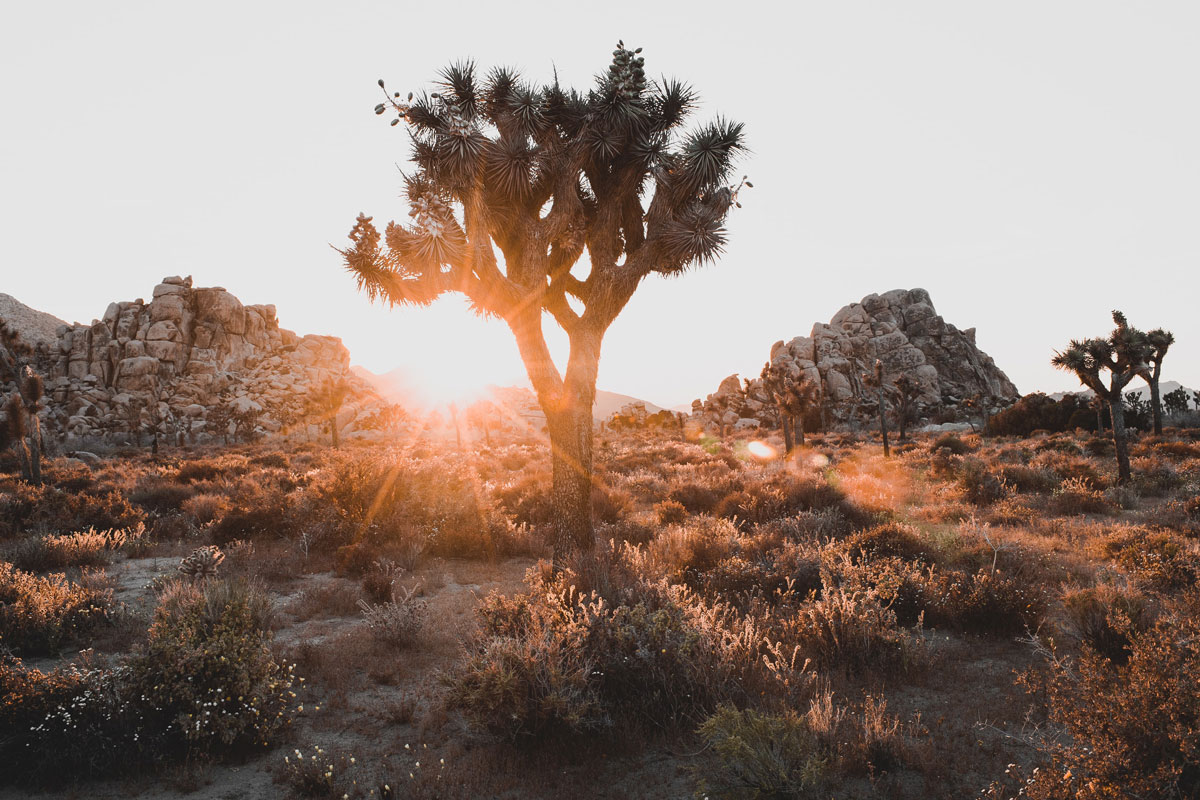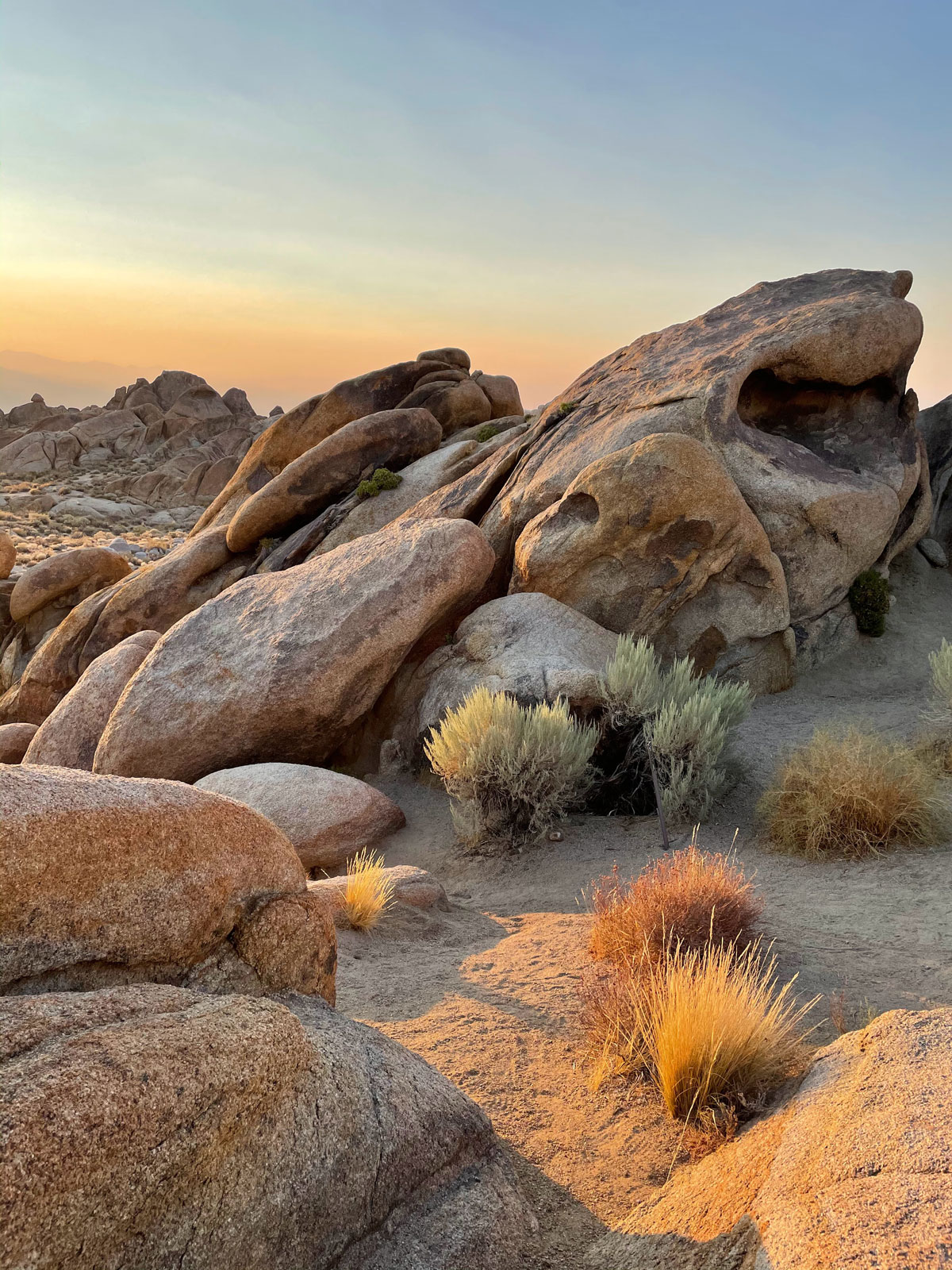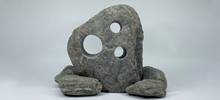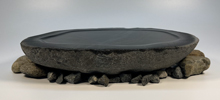Why do Reptiles Bask
31st Aug 2022
Basking is a behavior that is observed in many animals, including mammals and some insects. To bask is to lie in one spot, often on a sun-warmed surface, that exposes oneself to the warmth of the sun. The general definition of basking refers to it as an activity that is pursued for pleasure, but for reptiles, basking is a behavior for survival.
Reptiles are ectotherms, making them dependent on the warmth produced by the sun and their environment for internal temperature regulation. For reptiles, a comfortable and functional body temperature is managed by instincts that draw them to bask in the heat or retreat to a cooler place. The best way to encourage these natural behaviors is by creating an environment that satisfies your reptile’s instincts in a natural and safe way.

What Reptiles Bask?
All species of reptiles, especially domesticated reptiles, have varying survival instincts but basking is a deeply ingrained behavior. Diurnal reptile species are the most likely to bask. This includes many species of lizards, snakes, chameleons, crocodilians, turtles, and even some amphibians.
While it is widely understood that reptiles prefer and often require a basking area to thrive, many of the species-specific benefits of basking are still being uncovered. One such case is specific to the panther chameleon. A study found that this species will adjust their natural production of D3 through changes in UV exposure in relation to the vitamin D3 present in their diet. This basking adjustment allows panther chameleons to maintain an optimal level of D3 in their bodies regardless of their dietary intake.
Where Do Reptiles Bask?
When basking in the wild, reptiles make the most of what resources they have available. This may include tree branches for arboreal species or floating logs for aquatic species, but substrates that radiate the sun’s warmth are generally preferred. Sand and rocks have the ability to retain warmth from the sun, allowing reptiles to warm their underside while they also enjoy direct heat from the sun. This is an efficient form of basking, and heat retaining platforms offer reptiles a way to continue warming themselves even when cloud cover or nightfall reduces their main source of warmth.
Areas with the best sun exposure are generally exposed to predators and other threats as well. A basking reptile, especially one that has many natural predators in the wild, is an open target. Domesticated reptiles may be safe from predators, but their evolutionary instincts may still cause them to feel uneasy in exposed areas. Basking platforms with areas for hiding offer a sense of security and escape, so some reptiles prefer to bask near hides or burrows.

How To Mimic A Natural Basking Area
A natural behavior, like basking, is best supported by natural materials. Natural rocks, free of any synthetic materials, are capable of absorbing the warmth of supplemental UV lights or heat lights in a reptile enclosure just as they would absorb sunlight in the wild. This natural absorption of heat can help prevent overheating that can come from an electronically heated rock or underheating from materials that don’t radiate heat.
Rocks that are slightly rougher and raised are suitable for climbing species, like bearded dragons, who may prefer an elevated basking surface. Less climbing-adapted species are safer on lower platforms, but all platforms should have a stable base for the safety of your animal. With enough space to stretch out and some variety for hiding, when necessary, domestic reptiles can safely engage with their instinctive basking behaviors.

Citations:
https://www.journals.uchicago.edu/doi/10.1086/597525
https://pubmed.ncbi.nlm.nih.gov/16047177/
https://www.nationalgeographic.com/animals/reptiles/facts/bearded-dragon
https://www.sciencedirect.com/science/article/pii/S2351989417301889



